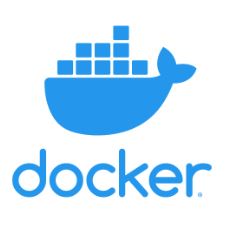In many real-world scenarios, it becomes necessary to connect an external file system path to a Docker container. This connection can facilitate easy data sharing between the host and container, improving flexibility and efficiency in development and deployment. In this article, we will explore how to connect the external path mnt/freshers/in/ to a Docker container, outlining each step with examples.
Prerequisites:
1. Docker installed on your system.
2. Sufficient permissions to access the required directories and files.
3. A basic understanding of Docker containers and commands.
Step-by-Step Guide:
Step 1: Create or Locate the External Path
Make sure the external path mnt/freshers/in/ exists on your host system.
mkdir -p /mnt/freshers/in/
Step 2: Determine the Container’s Required Path
Identify the path inside the Docker container where you want the external path to be accessible. For this example, let’s assume /container/path/.
Step 3: Run the Docker Container with Volume Mount
You will need to run your Docker container with the -v or –volume flag to connect the external path to the internal container path. Here’s how you can do it:
docker run -v /mnt/freshers/in/:/container/path/ <IMAGE_NAME>
Here, <IMAGE_NAME> is the name of the Docker image you want to run.
Step 4: Verify the Connection
Once the container is up and running, you can verify the connection by executing a command inside the container to list the files in the connected directory.
Things to Consider
Use absolute paths to avoid confusion and ensure proper connection.
Consider managing permissions carefully if the connected directory contains sensitive information.
For more complex configurations, you may use Docker Compose, specifying volumes in a docker-compose.yml file.
By understanding and utilizing this powerful feature of Docker, you can create more versatile and robust containerized environments tailored to your specific needs.
Docker Official Documentation on Volumes: Docker Volumes








